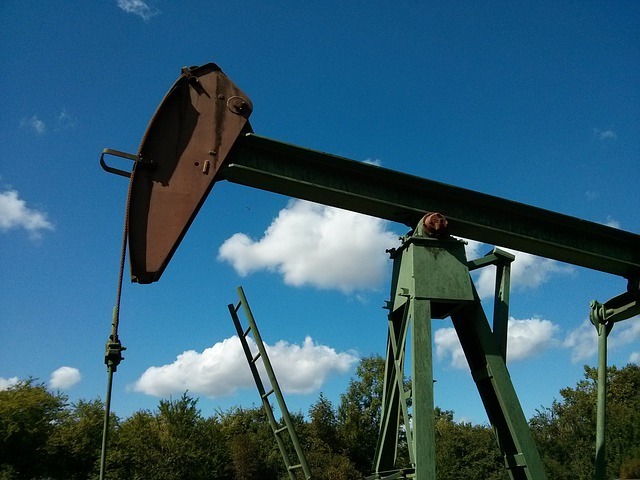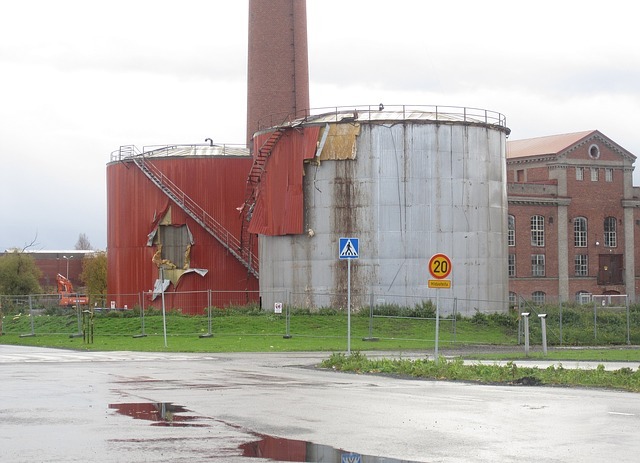As demand is cooled by slower growth, crude oil prices may continue to decline. OPEC+ maneuvers do not significantly impact crude oil prices. The confrontation between Russia and Ukraine may be able to leave the battlefield.
In the third quarter of 2022, poor predictions for global economic development caused crude oil prices to collapse. With a loss of about 20%, the WTI benchmark is on track to end September with its worst three-month stretch since the start of the Covid-19 epidemic in 2020. The comparable Brent crude contract is expected to end the quarter with a loss of roughly 17%.
These losses occur even as Russia’s invasion of Ukraine keeps the world’s supply disrupted. Additionally, the OPEC+ group, which consists of the producers’ cartel and its allies and is led mainly by Saudi Arabia and Russia, has shifted its focus from coordinated production rises to increases in output cutbacks after promising increases for the majority of the year. There seems to be a change in the market’s attention from erratic supply to decreasing demand.

Crude oil prices are falling as central banks fight inflation.
The estimate for the base level of economic growth has been sharply downgraded due to an aggressive campaign by international central banks, headed by the US Federal Reserve, to contain a substantial increase in inflation. According to a Bloomberg poll of analysts, the projected global GDP growth for 2019 has dropped from 3.6 percent in early March to barely 2.5 percent.
Over this time, the actual yield on 2-year Treasury bonds increased from -3.01 to 1.77 percent. This is because monetary tightening increased nominal rates while lowering anticipated inflation. This puts the actual cost of borrowing for the short- to medium-term just shy of its high in 2018 at 1.9 percent. This was the highest level since early 2009 when it was attained.
The cost of financing all forms of economic activity has increased due to the quick increase in loan rates. So it is no surprise that anticipated growth rates have fallen, along with cyclically sensitive crude oil prices (albeit with a brief detour in early 2022 as the Russian invasion began). To maintain these factors in play, the Fed has publicly expressed its intention to sustain quick tightening in the coming months.

CAN UKRAINE AND RUSSIA SET A CEASEFIRE?
If the crisis in Ukraine starts to end on the battlefield, the geopolitical risk premium still built into oil prices may see further selling pressure. Such a shift may be imminent, as suggested by the Kremlin’s decision to call up 300,000 reserve soldiers to defend the “homeland” in late September when the separatist Donetsk and Luhansk areas of Eastern Ukraine hurriedly held referendums on Russian annexation.
The Eastern Ukrainian border has seen skirmishing for about eight years. The early-year measure seems to be an effort by Moscow to resolve the issue in its favor definitively. Now, it seems that a force two-thirds bigger than what Russia has sent to Ukraine is getting ready to stop reversing territorial gains made in 2014. At this point, pro-Russian separatism developed into a military operation, and Crimea changed hands.
Such buildup raises the possibility that the Kremlin may no longer envisage a favorable settlement being achieved via force in the wake of a stunningly successful Ukrainian counter-offensive. This may imply that a ceasefire is imminent. All parties concerned could be happy with that. Kiev might boast that it resisted the invasion, the West can take pride in stopping Russia without sending troops there, and Moscow will have effectively solidified its gains from 2014.

